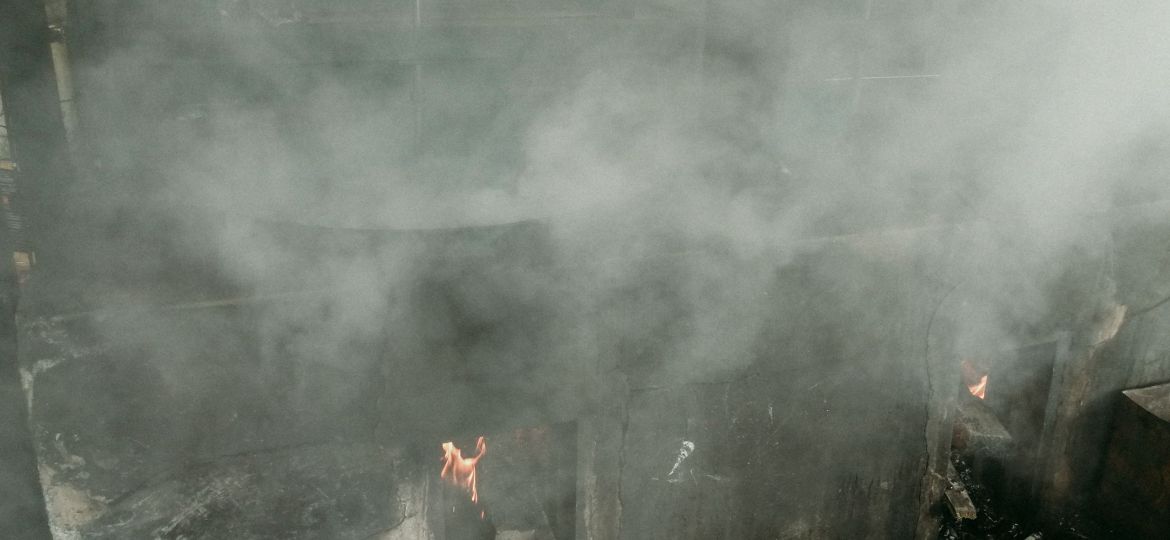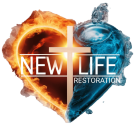
Introduction
Smoke damage is one of the most underestimated consequences of a fire. Even if flames don’t reach all areas of a home or business, smoke, soot, and lingering odors can cause extensive damage, making thorough restoration necessary. Smoke damage affects walls, ceilings, furniture, electronics, and personal belongings, and if left untreated, it can lead to long-term deterioration and health hazards.
This guide will cover everything you need to know about smoke damage, including its causes, effects, and the best restoration techniques to bring your property back to a livable condition.
1. Understanding Smoke Damage
A. What Causes Smoke Damage?
Smoke damage occurs when incomplete combustion releases fine particles, toxic gases, and residue that settle on surfaces throughout a property. Various materials burn differently, creating distinct types of smoke damage:
- Wet Smoke – Produced by low-heat, slow-burning fires involving plastics and rubber. This type of smoke leaves a thick, sticky residue that is difficult to clean.
- Dry Smoke – Created by high-heat, fast-burning fires, typically involving wood and paper. Dry smoke is powdery and easier to clean but can seep into porous materials.
- Protein Smoke – Caused by kitchen fires, burning food, and grease. This nearly invisible smoke leaves strong odors and stains on surfaces.
- Fuel/Oil Smoke – Comes from burning petroleum-based substances, leaving an oily residue that requires specialized cleaning solutions.
B. How Smoke Spreads
Smoke travels through air ducts, electrical outlets, and ventilation systems, spreading far beyond the actual fire site. Its tiny particles embed into surfaces and fabrics, making complete removal a complex process.
2. Effects of Smoke Damage
A. Structural Damage
- Smoke penetrates walls, ceilings, insulation, and flooring, weakening the structure over time.
- Acidic soot causes corrosion and discoloration on metals, plastics, and glass.
B. Health Risks
Exposure to smoke damage can cause respiratory issues, allergies, and other health concerns. Common symptoms include:
- Coughing, wheezing, and shortness of breath.
- Skin and eye irritation.
- Increased risk for asthma and lung diseases.
C. Lingering Odors
The chemical compounds in smoke create stubborn odors that linger on surfaces, fabrics, and HVAC systems. Without proper deodorization, these odors persist for months.
3. Steps to Restore Smoke-Damaged Property
A. Immediate Actions
- Ventilate the Area: Open windows and use air purifiers to reduce airborne particles.
- Protect Unaffected Areas: Seal off clean sections of the home to prevent further contamination.
- Assess the Damage: Identify which materials are salvageable and which require professional cleaning or replacement.
B. Professional Smoke Damage Cleaning Techniques
- Soot and Residue Removal – Professionals use dry sponges, chemical cleaners, and industrial vacuums to remove soot from walls and ceilings.
- Ozone and Hydroxyl Generators – These machines neutralize odors by breaking down smoke particles in the air.
- Deep Cleaning of Fabrics and Upholstery – Curtains, carpets, and furniture require specialized cleaning treatments to remove embedded smoke particles.
- Duct System Cleaning – HVAC units and ventilation systems must be cleaned to prevent smoke circulation.
C. Repainting and Sealing Surfaces
After cleaning, smoke-damaged walls often require repainting with odor-blocking primers to fully restore the space.
4. Preventing Future Smoke Damage
A. Install Fire-Resistant Materials
Use fire-rated drywall, insulation, and metal doors to minimize smoke penetration.
B. Maintain HVAC and Ventilation Systems
Regular maintenance of air ducts, filters, and exhaust fans reduces the spread of smoke during a fire.
C. Develop a Fire Prevention Plan
- Install smoke detectors in all key areas of your home.
- Keep fire extinguishers readily available in the kitchen and near heating appliances.
- Educate family members on fire safety measures and evacuation plans.
Conclusion
Smoke damage requires immediate action and professional restoration to prevent long-term issues. Whether dealing with minor soot damage or widespread contamination, addressing smoke-related problems quickly and thoroughly ensures a safe, odor-free, and structurally sound environment. If you need expert smoke damage restoration, trust New Life Restoration Services to bring your home back to life with specialized cleaning and repair techniques.
